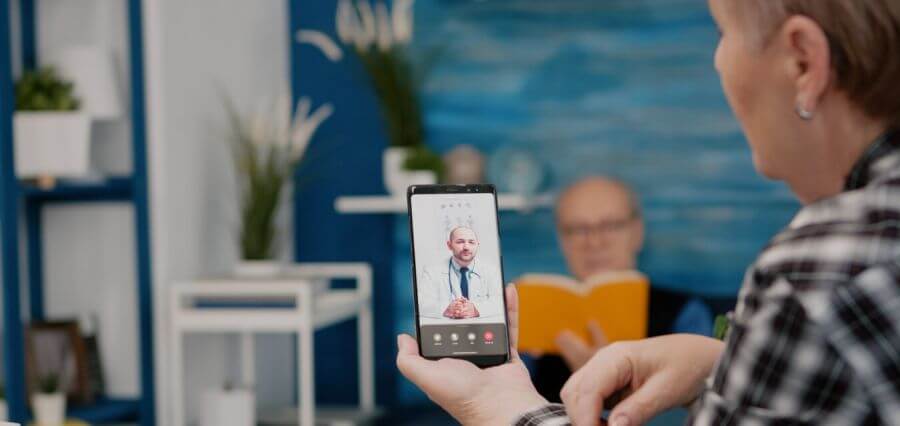Monitoring Services and Medical Alert Systems have revolutionized how we care for the elderly at home. Imagine calling for help with just a button press or having automatic alerts for falls. How much safer and more independent can seniors feel with these systems? How do families benefit from the peace of mind knowing their loved ones are monitored 24/7? Medical alert systems and monitoring services have made home care more effective for everyone. Let us understand how monitoring service and medical health care system has transformed the home care industry
Safety fall prevention and alarm technology
Elderly individuals are more likely to fall. They might get hurt. However, they are more concerned about their privacy if constantly monitored. Regular fall checks are beneficial, but if a fall occurs between inspections, the resident may find themself alone for many minutes until it is discovered. This is why more and more technologies are being developed to inform aged care and home staff when an older person loses their balance.
Alert Button
The alarm button is one of the oldest yet most reliable safety devices used in my aged care. There are typically numerous alarm buttons on the walls surrounding a resident’s living space. Most are located at knee or hip level for easy access in case of a fall. When pressed, the appropriate personnel will recognize the problem and respond immediately.
Warbles
While alert buttons have proven useful over time, they are not without problems. If a resident has not fallen close enough to the sensor or button, they must find a means to access it, which might put more stress and pressure on an already strained body. Wearable alarms are the solution. They come in various forms and fashions, but the most simple is an emergency button that the resident can always wear and touch in an emergency.
Monitors:
Wearable health monitors are another breakthrough that is transforming the aged care business. Many personal alarms also function as heart monitors. They can be worn around your neck or as a watch. Watch monitors are effective for monitoring heart rate and promptly communicating serious situations to necessary staff, especially for a resident at a retirement community.
Facial Recognition:
Facial recognition can significantly enhance security in aged care. Security companies are now providing aged care facilities with facial recognition technology. For example, if a resident is known to be at risk of wandering and endangering themselves, advanced cameras can recognize their facial features. This technology ensures that exit doors remain locked to prevent them from leaving the facility unsupervised. By identifying residents who might wander, facial recognition helps maintain their safety and gives their families and caregivers peace of mind. This innovative approach ensures a safer environment in aged care facilities for vulnerable individuals.
Remote Health Monitoring
Remote health monitoring has also transformed level 4 home care package. It allows continuous observation of elderly people’s health without intrusive measures. Devices can track vital health signs in real time. This data is sent to caregivers. Even the healthcare professionals can see the data. It enables early detection of potential health issues in elderly people. Remote monitoring technology ensures that elderly individuals receive timely care while preserving their independence and comfort at home.
Wrapping it up:
Every aged care facility is unique. But they all focus on improving the wellbeing of elderly people. They do this by using new technologies. It helps make life easier and more comfortable for the residents. Whether through medical alert systems, wearable devices, or remote health monitoring, technology plays a big role in ensuring the safety and happiness of elderly individuals in aged care facilities.


